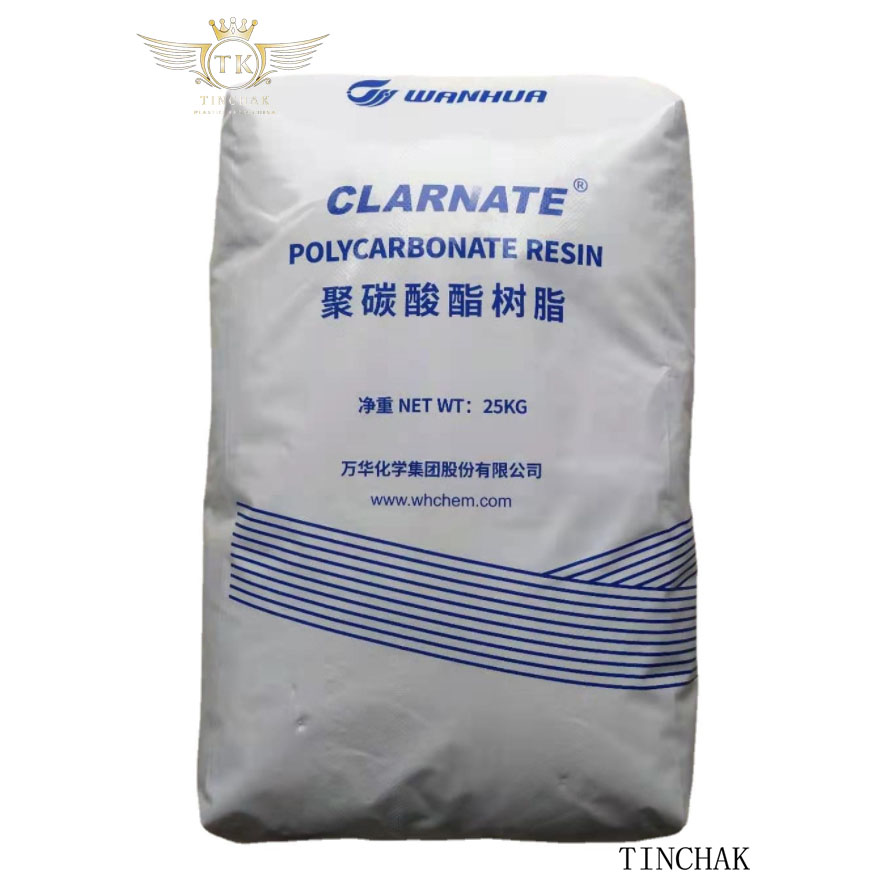CAI’s new proprietary ST-SR487 additive in compounded PC achieved UL 94 VO with 0.25mm thick film.
Edited by Lilli Manolis Sherman Polyoxymethylene

Massachusetts based CAI Performance Additives has announced the availability of ST-SR487, a new halogen-free flame retardant for polycarbonate film or sheet. As the industry continue to question the safety of halogen-based flame-retardant solutions, compounders have increasingly looked for halogen-free alternatives for adding flame retardant properties to their compounded polycarbonate.
CAI Performance Additives is now delivering to the domestic market this new proprietary solution—which is based on a phenyl silsesquioxane copolymer, according to CEO Richard Marshall. As previously reported, CAI Additives is the sole distributor in North America for a broad portfolio of high-performance additives produced by China’s Starbetter Chemical Materials, ST-SR487 is poised as a replacement to traditional flame retardant additives, such as those based on metal salt or bromine. The additive has been shown to allow PC film to achieve UL 94 V0 at ultra-low thickness, a very tough technical requirement. Said Marshall, “Halogen based FR solutions can contain bromine, iodine, even chlorine; all chemicals of concern nowadays. I’m proud to say we are offering a safer alternative to our customers in ST-SR487, our first FR additive that is entirely halogen-free.”
ST-SR487 reportedly has more benefits than just standard FR qualities, at ~1% dosage PC compounded with ST-SR487 has achieved UL 94 V0 with a 0.25mm thick film. The additive also can provide a higher resistance to yellowing and other forms of weathering as well as increased hydrolysis protection for water-contact end products.
There’s more to TP polyesters than you think. You may know PET, PBT, and PETG—but what about PCT, PCTG, PCTA, and PTT? If you’re not sure what they are, how their properties compare, and who sells them, we have the answers—and lots of new developments to report.
Perhaps the greatest difficulty involving the use of color concentrates is specifying them appropriately for the material to which they are being added.
Dips in PP and PET tabs proved temporary, as supply/demand imbalances elevate prices and restrict supplies of all five commodity resins. PS hikes are especially brutal.

Food Grade Pp © 2023 Gardner Business Media, Inc. Privacy Policy [Log On]